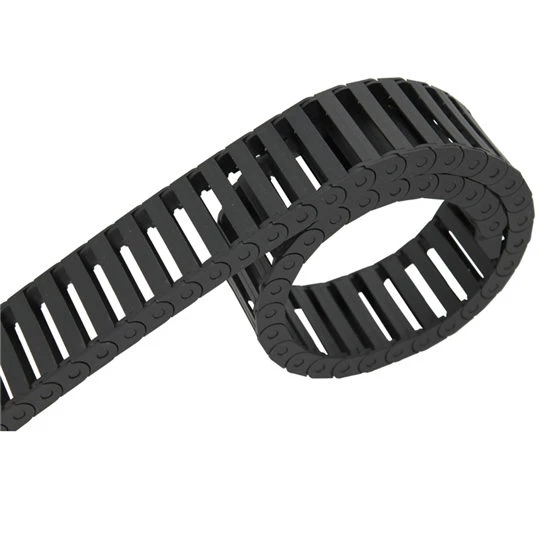corrugated metal conduit
Understanding Corrugated Metal Conduit A Comprehensive Overview
Corrugated metal conduit (CMC) has emerged as a preferred choice for electrical applications in various industries due to its durability, versatility, and efficiency. This article delves into what corrugated metal conduit is, its applications, benefits, and installation considerations, providing a comprehensive understanding of this essential electrical infrastructure component.
What Is Corrugated Metal Conduit?
Corrugated metal conduit is a type of tubing made from metal, typically galvanized steel or aluminum, characterized by its ribbed, corrugated design. This design adds strength and flexibility, allowing the conduit to withstand various environmental conditions while providing excellent protection for electrical wires and cables. The corrugation helps to enhance the conduit’s ability to resist impact, corrosion, and other forms of damage, making it ideal for both indoor and outdoor applications.
Applications of Corrugated Metal Conduit
While corrugated metal conduit is primarily known for electrical installations, its utility extends beyond that. Here are some common applications
1. Electrical Wiring Protection CMC is extensively used in residential, commercial, and industrial construction to safeguard electrical wiring from physical damage and environmental hazards. Its robust construction ensures that cables remain safe from moisture, chemicals, and abrasion.
2. Communication Systems The strong, lightweight nature of corrugated metal conduit makes it suitable for housing communication and data cables. It protects sensitive wiring from physical interference and electromagnetic interference (EMI), ensuring reliable connectivity.
3. Industrial Environments In factories and industrial plants, CMC can be used to route electrical wiring through areas that may experience extreme temperatures, chemicals, or physical hazards. Its resistance to corrosion is particularly beneficial in these tough settings.
4. Cable Management With its flexibility, corrugated metal conduit can be used in cable management systems, allowing for easy routing and organization of multiple wires or cables in a single location.
Benefits of Corrugated Metal Conduit
The advantages of corrugated metal conduit are numerous
corrugated metal conduit

- Durability The metal construction makes it resistant to wear and tear, providing a long-lasting solution for wiring protection. - Flexibility The corrugated design allows for bending and shaping, making it easier to navigate around obstacles during installation.
- Corrosion Resistance Galvanized steel and aluminum are treated to inhibit rust and corrosion, making CMC suitable for various environments, including wet and corrosive settings.
- Enhanced Protection With its robust structure, CMC provides superior protection against impact, abrasions, and environmental damage.
- Fire Safety Metal conduits are non-combustible, offering an extra layer of fire safety compared to non-metallic conduits.
Installation Considerations
While installing corrugated metal conduit can be straightforward, certain considerations should be kept in mind
1. Local Codes Always check local building codes and regulations to ensure compliance during installation.
2. Proper Sizing Choosing the correct size of conduit is vital to accommodate the cables without overcrowding, which can lead to overheating and potential electrical hazards.
3. Secure Fastening Properly securing the conduit with clamps or supports is essential to prevent sagging and protect the cables inside.
4. Connection to Boxes Ensure that the conduit is securely connected to junction boxes, electrical panels, and other components to maintain a sealed system that safeguards against environmental factors.
In summary, corrugated metal conduit is an indispensable component in modern electrical installations. Its durability, flexibility, and range of applications make it an ideal choice for protecting electrical wiring, particularly in challenging environments. By understanding its benefits and installation considerations, contractors and electricians can effectively utilize CMC to enhance the safety and longevity of electrical systems.








